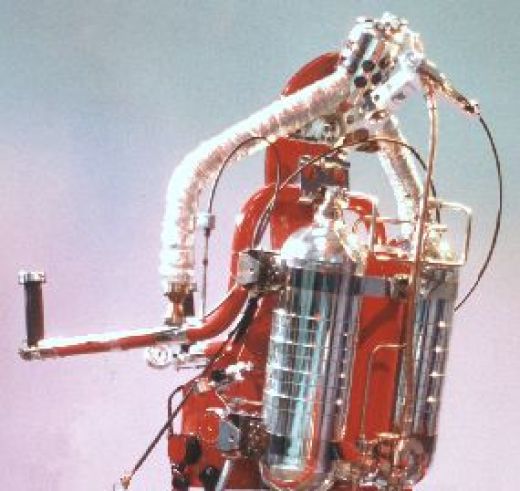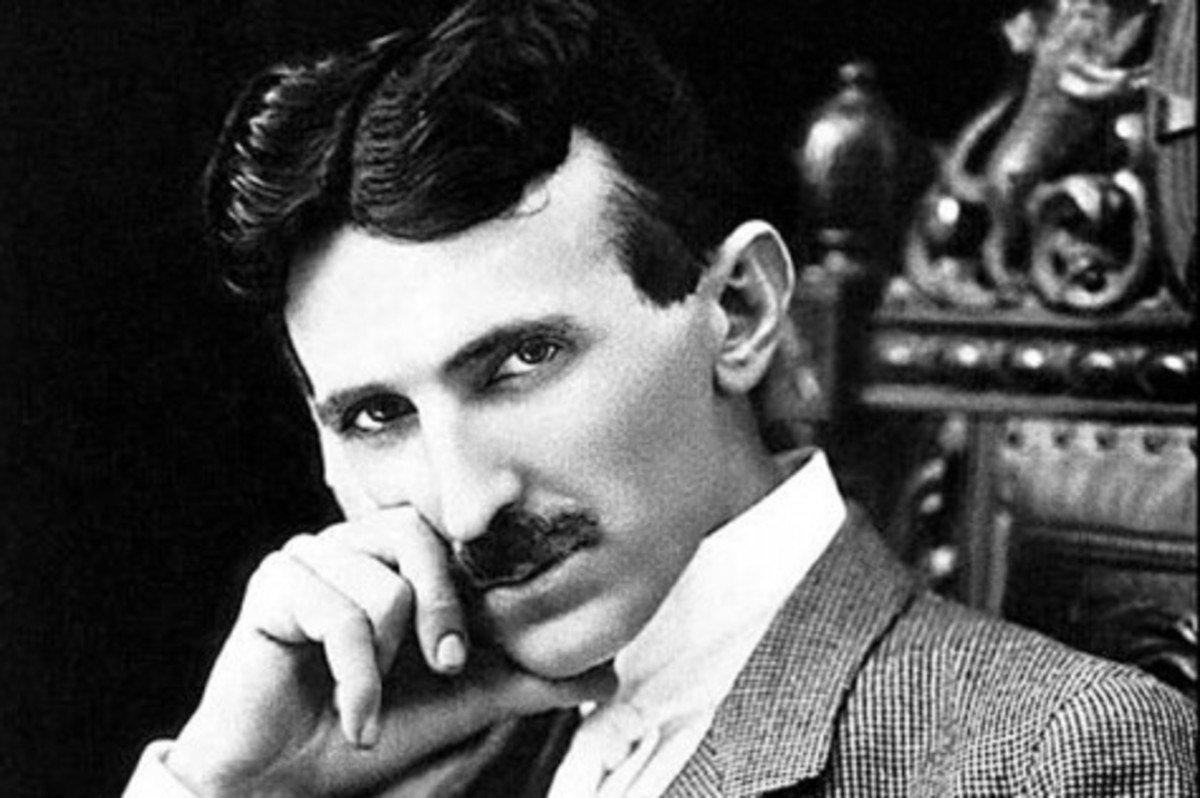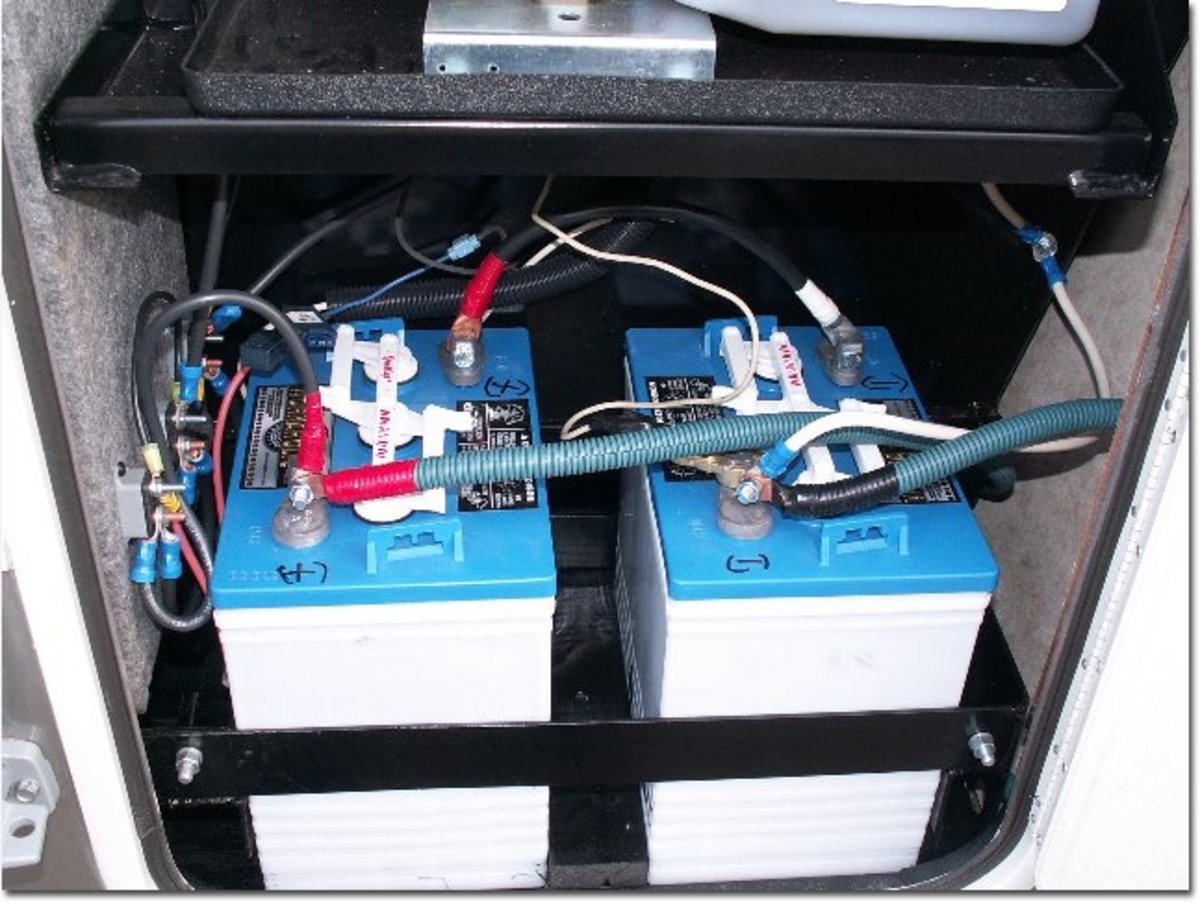Groundbreaking inventions of the 20th century

Amazing inventions of the 20th and 21st centuries
There are many inventions that have had and still have a huge impact on humanity, but only a few if them are classified as groundbreaking. These include the airplane, electrical lighting, the jet engine, Alternating current power, nuclear power, the telephone, the rocket, radio, television and the computer. These have shaped the 20th century and have made the lives of people born in the 20th century and thereafter qualitatively different than anything previous or from people who live in the undeveloped world.
The airplane
Initially, human power was tried for achieving bird like flight, but materials in the early days were just too heavy and drag due to the density of the atmosphere was too great and prevented enough lift from developing. Gravity and drag won the day until the early 20th century. The Wright Brothers used an early internal combustion engine coupled with a propeller, which was barely sufficient to create enough lift for a short flight of the Kitty hawk, but the result was so encouraging that improvements were pursued with vigor. The war years and competition between powers to win in war sped up design improvements in aircraft. In WWI, the biplane came into use over the front to spy and drop occasional bombs by hand. There were also many famous airborne machine gun battles. Over the years, more powerful, lighter and reliable engines were created as well as airplane design, such as the single fixed wing airplane. From the early bi-winged and tri-winged planes came the single wing design and the efficient and light rotary internal combustion engine. Speed and distance flights increased dramatically. Smother exteriors without rivets and struts helped to decrease drag and allow for greater speed. Greater speed meant that fewer and smaller wings were possible for the same end result. Efficiency increased leading to better and better designs. by WWII, the efficiency of these airplanes topped out and could not break the sound barrier nor exceed 30,000 feet from the ground.
Electrical lighting
Though not invented in the 20th century, nonetheless the lighting inventions following the incandescent lamp were. The first incandescent lamp was developed by Thomas Edison with the help of many people working under him. It took thousands of trials until he found the right materials to create a working incandescent electric light. Edison is the father of transmissible direct current and developed electrical DC plants to power early lighting and motors in New York. It took Nikola Tesla who worked with Edison in his early days in the US to develop fluorescent lighting, but before then he was content to promote incandescent electrical lighting at the Chicago World’s Fair. This display sold the world on electric power and lighting. Tesla could not sell the alternating current system and the polyphase motor idea to Edison and left Edison and Co. and was forced to work as a ditch digger until he could find new funding, which eventually came from Westinghouse. Westinghouse did pursue the polyphase motor and AC current. This led to the demise of the Edison system and by the early 20th century, AC power was the norm for lighting and a host of developing electrical powered machines we now take for granted. It was here that Tesla was able to pursue lighting the fluorescent and neon lighting we see in abundance everywhere.
The jet engine
A dramatic change in delivering thrust to an aircraft came with the advent of the jet engine. Initially invented and developed in 1928 by the British RAF cadet, Frank Whittle, between WWI and WWII, the jet engine was pursued with vigor in Nazi Germany during WWII at the request of Adolph Hitler. By August 1939, the Germans were thus the first to fly the first sub-sonic jets capable of flying near the speed of sound and flying well above the 30,000 foot ceiling for standard internal combustion engines. It took a few years to develop the jets because Himmler was unimpressed at initial trials when the first flight did not prove much superiority over the Messerschmitt. This occurred because the landing gear jammed in the open position, adding too much drag to the jet and slowed it down. However, once this was worked out, the jet aircraft was pursued, but too late in the war to save the Nazi regime. The Nazis also used jet engines to power flying the thousand pound buzz-bombs that wreaked havoc on Britain. The British then rushed jets into development as the Germans began bombing mission using jets and shooting many Spit-fires out of the air from above, where Spit-fires could not go. After WWII, the jet engine became standard for the military and commercial flying. Planes could fly faster; well over the sound barrier. They have minimal surfaces incorporating new materials and small wings thus reducing drag. Sometimes the jet engines were so powerful, that jets alone could create enough lift without relying on wings at all, despite the fact that the engines weighed in at a few tons. This feature is used in the remarkable British Harrier jump jet that requires no runway and is now a standard configuration for the Indian navy. Wings became small enough that they could be incorporated as part of the fuselage such as in stealth jets, reducing their radar profile.
Alternating current power
The twentieth century stands out in the fact that alternating current invented, developed and installed by Nikola Tesla permanently changed the skyline of every major developed city on the planet in less than a century. It is alternating current that allows for the building of sky scrapers such as the fantastic ones seen in Asian and Dubai as well as the typical city in the US, Canada and Europe.
One outstanding example of this in the 20th century was the attempted development of the wireless transmission of electrical power by Nikola Tesla in the 1940’s. Mr. Tesla actually accomplished this feat and was developing a major power distribution center in New York at Wardencliff. The project was under funding by the power magnate and tycoon J. P. Morgan. When J. P. Morgan figured out what was going on, he cancelled the funding, fired Nikola Tesla and had the power transmitter torn down. Morgan did not succeed in destroying all the records. With Tesla’s system, there would be no effective way to charge users for electrical power as under the Edison and Westinghouse systems. J. P. Morgan saw this as a direct threat to his wealth and power and crushed the project in the bud. This single act kept the masses as slaves to his system, continually paying and making Morgan and other power magnates ever richer, which is one of the “holy grails” of capitalism. The same Nikola Tesla had worked previously for both Edison and Westinghouse. He was responsible for alternating current and pioneered hydro electric power generation. He died in abject poverty in 1943 after being fired by Morgan. He lived in seclusion with pigeons as his only friends after a life of hobnobbing with the who’s who of society. At the moment of death, the C.I.A. stormed his hotel room and confiscated all his research notes and engineering drawings. Tesla has 111 US patents to his credit and over 700 ideas in all that are kept in secret. As a footnote, cell phones so popular today are a type of wireless transmitter and receiver. Tesla succeeded in experiment and attempted to transmit useable electrical power wirelessly but was blocked by profiteering interests.
Nuclear power
The development of the atomic bomb has its roots in several converging technologies, including the understanding of the elements, isotopes and the nature of radioactivity. The atomic bomb would not be possible except with developments in metallurgy that allows for the extraction and purification of a specific element in a concentrated form. With most metals, this is done by heating a source in a blast furnace containing the metal and allowing the desired meal to separate out due to specific gravity. The slag is then removed and disposed of and the concentrated metal is cooled off in forms to produce raw ingots. With Uranium, the process is different. Uranium, due to its radioactive nature, has to be processed from tailings using water.**** This means that the whole bulk of slag and traces of uranium therein has to be crushed to a fine powder so that the uranium can be separated out by a mass spectrometer in a water base. To process uranium in the traditional metallurgical way would risk the chance of producing a critical mass of radioactive uranium and a radioactive meltdown. This was theory that was later confirmed in nuclear accidents like at Chalk River in 1952 and Chernobyl in 1986. There was an accident before this when the Oppenheimer team was experimenting with Plutonium in 1944 during the days of the Manhattan Project. This ended in radiation sickness and the death of a scientist. So it has to be processed in sub critical batches. Uranium 235 and uranium 238 both occur together naturally in ore containing traces of it. It is found in Northern Canada and Africa. Uranium 235 is the more unstable of the two, spontaneously emitting neutrons, which can trigger further reactions in other uranium atoms in a chain reaction. But Uranium 238 is about 100 times more abundant, so extracting Uranium 235 is much more difficult as they occur together. This is one line that had to be perfected.
Early nuclear piles as they were called were developed and experimented on in universities in the US and Europe. The Nazis had a keen interest in the area and were found to be refining heavy water for the use in developing nuclear power. However, they never were able to develop an atom bomb, which was one of their goals. After WWII, atomic piles were developed primarily in Chalk River in a fairly remote region in Canada. Several reactor designs emerged and lead to various designs like the heavy water cooled Candu reactor. The principle behind the nuclear reactor is to maintain and sustain a radioactive chain reaction that was sub-critical and could be used to generate electrical power through generating steam tha drove a turbine and generator. Nuclear reactors and stations now dot the whole planet and are found in many nations to produce power and to breed material for warheads.
The telephone
In the 1870s, two inventors Elisha Gray and Alexander Graham Bell both independently designed devices that could transmit human speech electrically through wires, which was to evolve to the modern telephone. The original phones were limited in range as they were based on the Edison DC current propagation system. Though invented in the 19th century, telephones were not in wide use until the 20th century after the advent of AC current that allowed for mush longer transmission of speech. It was in the 20th century that the trans-Atlantic cable was laid so that international telephone calls could be made between continental North America and Europe. Both Gray and Bell rushed their respective designs to the patent office within hours of each other after perfecting their respective divices. Alexander Graham Bell patented his telephone first. Elisha Gray and Alexander Graham Bell entered into a famous legal battle over the invention of the telephone, which Bell won. Hence the first telephone company was to become the now famous Bell system. The telephone has since advanced into areas where cell phone and satellite phones are in now in common use, in applications such as wireless connection to the internet. They are able to take and transmit photos and videos and a whole range of other applications. Wirelessness was a concept originated by Nikola Tesla and the cell phones of today owe a lot to his researches. The telephone has become a mainstay in modern business and personal llife.
The radio and television
Radio as a public resource became available in the early 20th century and allowed people to listen to news, sports and music broadcasts that were transmitted wirelessly from radio frequency towers. There still is dispute over whether it was Marconi or Tesla who invented it. However, radio laid the groundwork for an even more astonishing event, the invention of television that was to find its way in a host of applications besides just entertainment. TV can be found in computer displays, CCTV for security as well as for home entertainment.
The rocket
The difference between a rocket and a jet is one of an engine that obtains the oxygen it needs for combustion from the atmosphere, whereas the other, the rocket must carry its own supply. This is necessary for the rocket design as it travels beyond the atmosphere where no oxygen is available for combusting the fuel and thus liberating the energy contained in the fuel for thrust. The other difference is in the design of each. The jet plane as a whole is designed to obtain its lift from the design of its wings. The rocket is essentially a closed tube that may or may not have wings. Lift and thrust are provided by the rocket engine assembly. If the rocket has wings, these are more for stabilization and steering than for lift. Both operate on the principle of thrust to provide forward motion. The jet is designed to operate in the atmosphere and its limit is the upper atmosphere where oxygen is still available. The rocket, though capable of travelling through the atmosphere, is also designed to go into a hard vacuum where there is no oxygen. The rocket has a long history, but not until the 20th century was it capable of entirely escaping Earth`s gravity and flying to planets and deep space. This took the inovative work of people like Goddard in the US and the forced labor under Von Braun in Nazi Germany to develop the rocket beyond what the Chinese were reported to have accomplished by the 12th century. The rocket as worked on by Goddard and Von Braun to reach speeds in order to climb into orbit, deliver a bomb over a large distance andéor escape from the Earth. Despite these efforts, it took the USSR to finally achieve the placing of a satillite in orbit in 1957. The US then scrambled to do likewise and after many preliminary failures, succeeded in doing likewise.
Now rocketry has evolved into several designs and propulsion systems and has launched a large number of satilltes, observation posts, planetary probes and have even penetrated interstellar space.
The computer
The computer as we know it now is a confluence of several technologies, some of which date before the 20th century, but the computers we all use now, had their origin just prior to WWII with one called the Kopnrad Zuse Z1 computer, the first programmable computer. Out of this grew a few other as well as the ENIAC, which was used to help develop the atomic bomb and later for rocket telemetry. It consisted of 20,000 vacuum tubes and was huge by today’s standards. Prior to this, they were mechanical computation devices some of which used the jackard system carried over from the 19th century garment industry. These were the once familiar punch cards that were used as a kind of memory storage device before the advent of the hard disk. Transistors saw a dramatic change in computer size and power as did the later integrated circuit. Today computers and computer chips are found everywhere, controlling and monitoring a large range of electronic applications. Computers allow people to communicate across the globe and in the depths of space using every conceivable type of application. Without the computer we would not have yet discovered fractals and chaotic dynamics.
These are some of the most important and groundbreaking inventions that changed the way people did things in a dramatic way.








